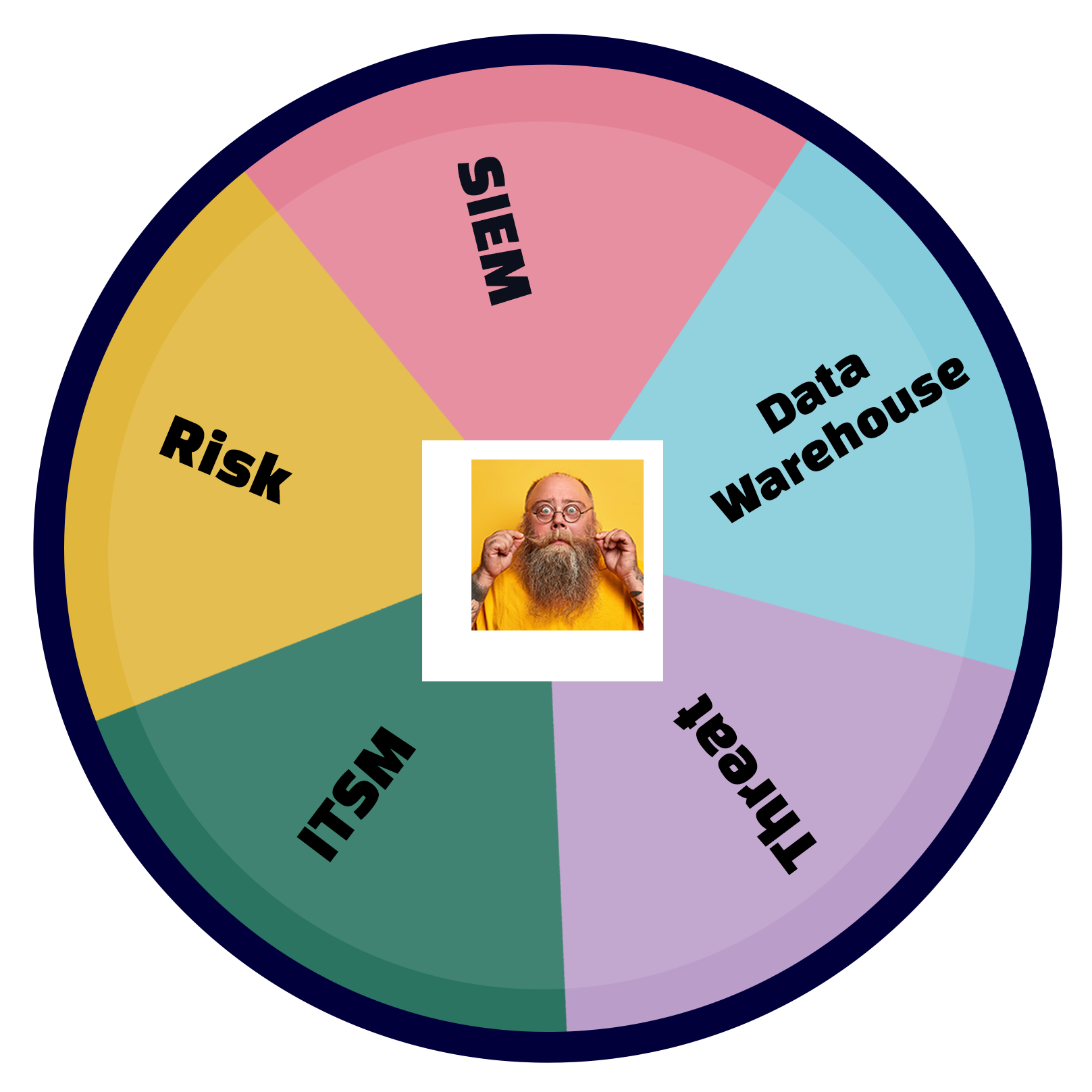Cloud computing is an attractive way for businesses to store and manage data. With access to data from anywhere with an internet connection, cloud computing offers organizations flexibility and convenience that was once impossible. However, along with cloud computing comes new security risks. In this article, we will explore the benefits of cloud computing and how organizations can balance these benefits against the need for security.
Benefits of Cloud Computing
Cloud computing has several benefits that have made it an attractive option for organizations of all sizes. The primary benefit is the ability to access data from anywhere with an internet connection. This access enables employees to work from anywhere, at any time, increasing productivity and flexibility. Cost savings is another benefit of cloud computing. Cloud providers manage all hardware, software, and maintenance costs, so organizations can focus on their core business activities.
Scalability is another benefit of cloud computing. Organizations can quickly and easily increase or decrease their computing resources as needed, without having to invest in additional hardware. This elastic scalability makes it possible for organizations to respond quickly to changing business needs and to support rapid growth. Finally, cloud computing supports enhanced collaboration and data sharing, allowing employees to work together more effectively and efficiently.
For a detailed analysis of benefits and strategies for cloud computing, see What is Cloud Computing? Strategies and Importance for Business.
Security Risks of Cloud Computing
Despite the many benefits of cloud computing, there are security risks associated with this technology. The biggest security risk is the potential for data breaches. With data stored in the cloud, the data is accessible from anywhere with an internet connection, which can make the data more vulnerable to cyberattacks. Additionally, many organizations do not fully understand the security measures for cloud computing, and this can leave the organizations vulnerable to attacks.
Another security risk of cloud computing is the loss of control over data. When data is stored in the cloud, organizations rely on the security measures implemented by their cloud provider. However, organizations must ensure that their data is being protected and that the security measures meet their specific needs. In addition, organizations might not have complete visibility into who accesses their data, which can make it more difficult to detect and prevent unauthorized access.
For more details on cloud security, see Cloud Security.
Best Practices for Securing Cloud Computing
To balance the benefits of cloud computing with the need for security, organizations should implement the following best practices:
- Conduct a risk assessment: Before moving data to the cloud, organizations should conduct a risk assessment to understand the potential security risks. The risk assessment should include an analysis of the data that will be stored in the cloud, the potential for unauthorized access, and the security measures implemented by the cloud provider.
- Encrypt data: To protect data stored in the cloud, organizations should encrypt all sensitive information. Encryptions makes it difficult for attackers to access data if a data breach occurs.
- Monitor activity: Organizations should monitor their cloud environment to detect potential security threats. This includes monitoring access to data, changes to data, and attempts to access data from unauthorized locations.
- Choose a reputable cloud provider: Organizations should choose a cloud provider that is known for its security measures and that follows industry-standard security measures. Organizations should also choose a cloud provider that has a reputation for protecting customer data.
- Implement multi-factor authentication: Multi-factor authentication can prevent unauthorized access to data stored in the cloud. Organizations should require employees to use multi-factor authentication when accessing cloud-based systems and data. Multi-factor authentication minimizes the potential of a security breach.
- Implement access controls: Access controls restrict access to data and systems in the cloud. Organizations should explicitly grant access only to authorized users and control the level of access for each user. Organizations should also implement role-based access controls, which assign permissions to users based on their role in the organization.
- Maintain physical and network security: Organizations should ensure that their physical and network security measures are up to date. Physical and network security includes implementing firewalls, secure passwords, and secure network protocols. These measure reduce the risk of unauthorized access to the cloud environment.
- Test security measures: Organizations should regularly test their security measures to ensure that the security measures are effective and that any vulnerabilities are addressed. This testing includes regular penetration testing, security audits, and vulnerability scans.
- Back up data: Organizations should regularly back up their cloud data to minimize the potential impact of a data breach or loss. Backup strategy should include creating multiple backups and storing them in separate locations.
- Train employees: Organizations should train their employees on the importance of security and best practices for securing data stored in the cloud. This includes training employees on the proper use of multi-factor authentication, secure passwords, and other security measures.
Conclusion
In conclusion, cloud computing has become an essential tool for businesses, but it also brings new security risks. By implementing best practices such as conducting a risk assessment, encrypting data, monitoring activity, choosing a reputable cloud provider, and implementing multi-factor authentication, organizations can address the new security requirements for cloud computing. Organizations must prioritize these security measures to ensure the safety of their sensitive data and minimize the risk of data breaches. By following these best practices, organizations can balance the benefits of cloud computing with the need for security.









